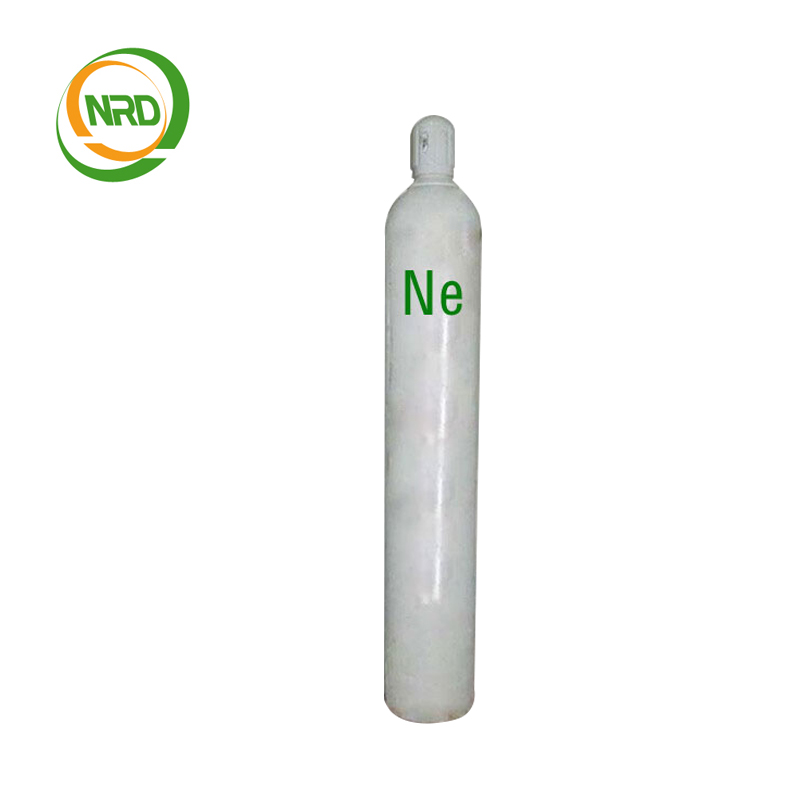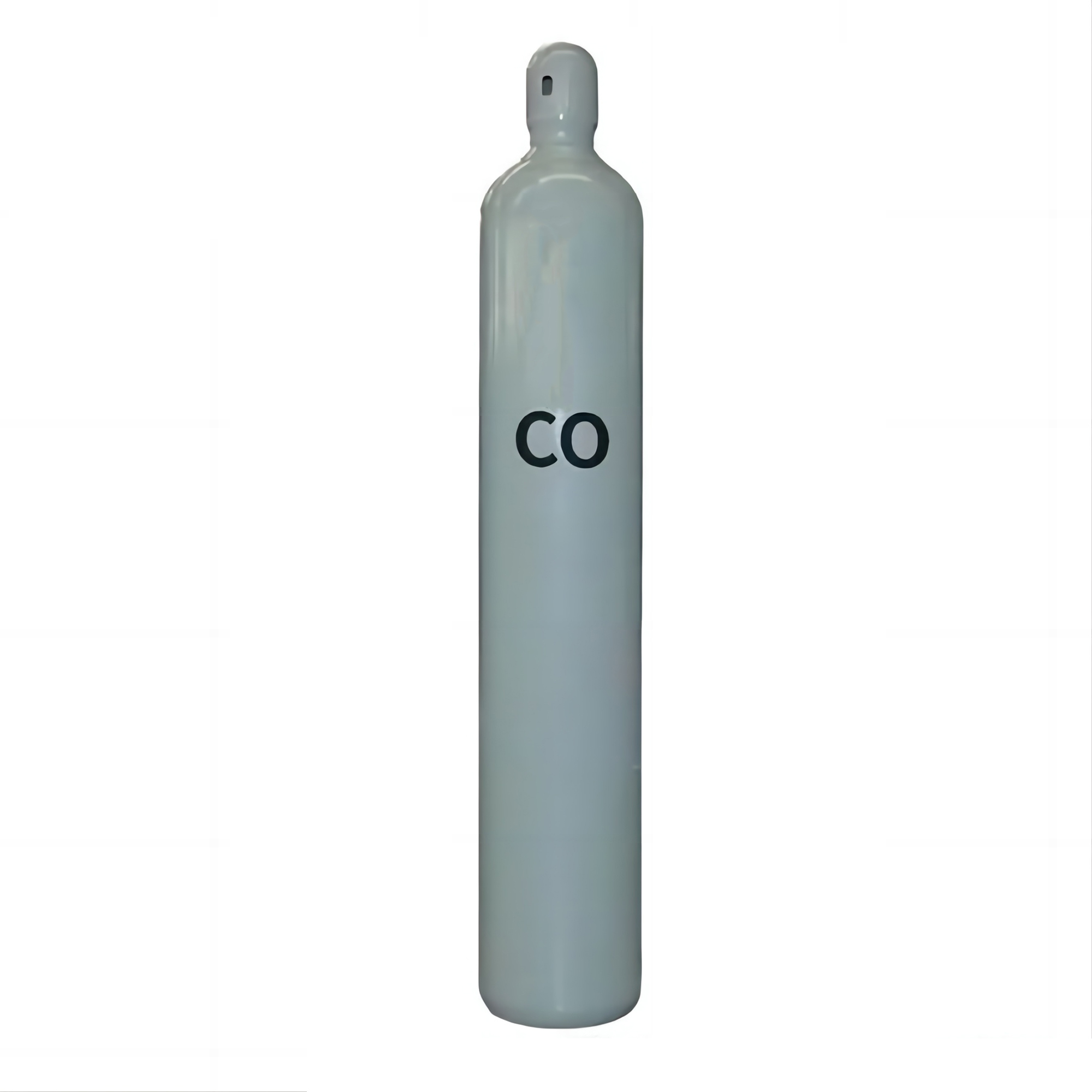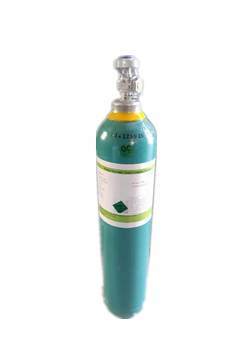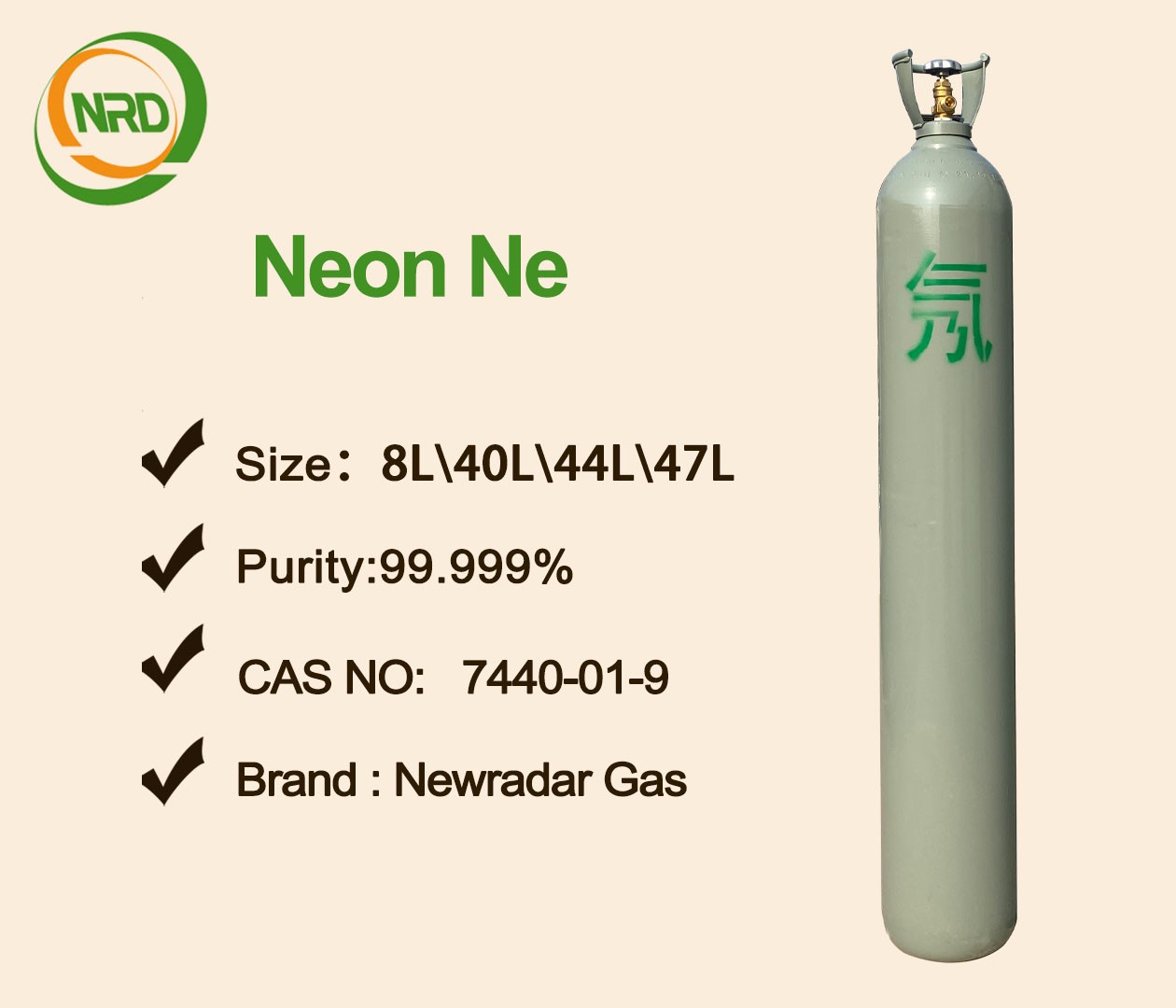Why is there a neon shortage
On February 14, according to the Securities Times, Techcet, a U.S. electronic materials market research company, pointed out that more than 90% of the U.S. supply of semiconductor-grade neon comes from Ukraine and 35% of palladium comes from Russia, which is related to the supply chain security of semiconductor materials. Ukraine is the world's largest producer of special gases for semiconductor manufacturing, and a war between Russia and Ukraine could lead to a shortage of special gases for semiconductor manufacturing.
Ukraine supplies 70% of the world's neon gas, 40% of krypton gas and 30% of xenon gas, according to the data. Neon can be used for KrF and ArF laser exposure in semiconductor process, neon accounts for more than 96% of laser gas mixture. Krypton gas is also used in photoengraving processes; Xenon is used in semiconductor etching processes. Neon prices rose as much as 600 percent in 2014 during a period of tension over the Crimean Peninsula, according to the U.S. Trade Commission. According to the price tracking data of Baichuan Yingfu, the price of neon gas (content 99.99%) in China has risen from 400 yuan/m3 in October 2021 to more than 1600 yuan/m3 at present.

Securities Times cited the agency's view that if there are subsequent supply risks related to neon, krypton and xenon, downstream fabs seeking alternative suppliers will need more than half a year to verify, and will face new short material risks. In the current global core shortage is still not alleviated under the background, this is bound to further aggravate the core shortage problem. Fabs in the United States and Europe are more likely to be affected, while non-related countries and regions such as Mainland China, Taiwan, South Korea and Japan have smooth access to these semiconductor gases and materials, and have the opportunity to benefit from the short-term increase in market share.




 Facebook
Facebook YouTube
YouTube LinkedIn
LinkedIn Twitter
Twitter